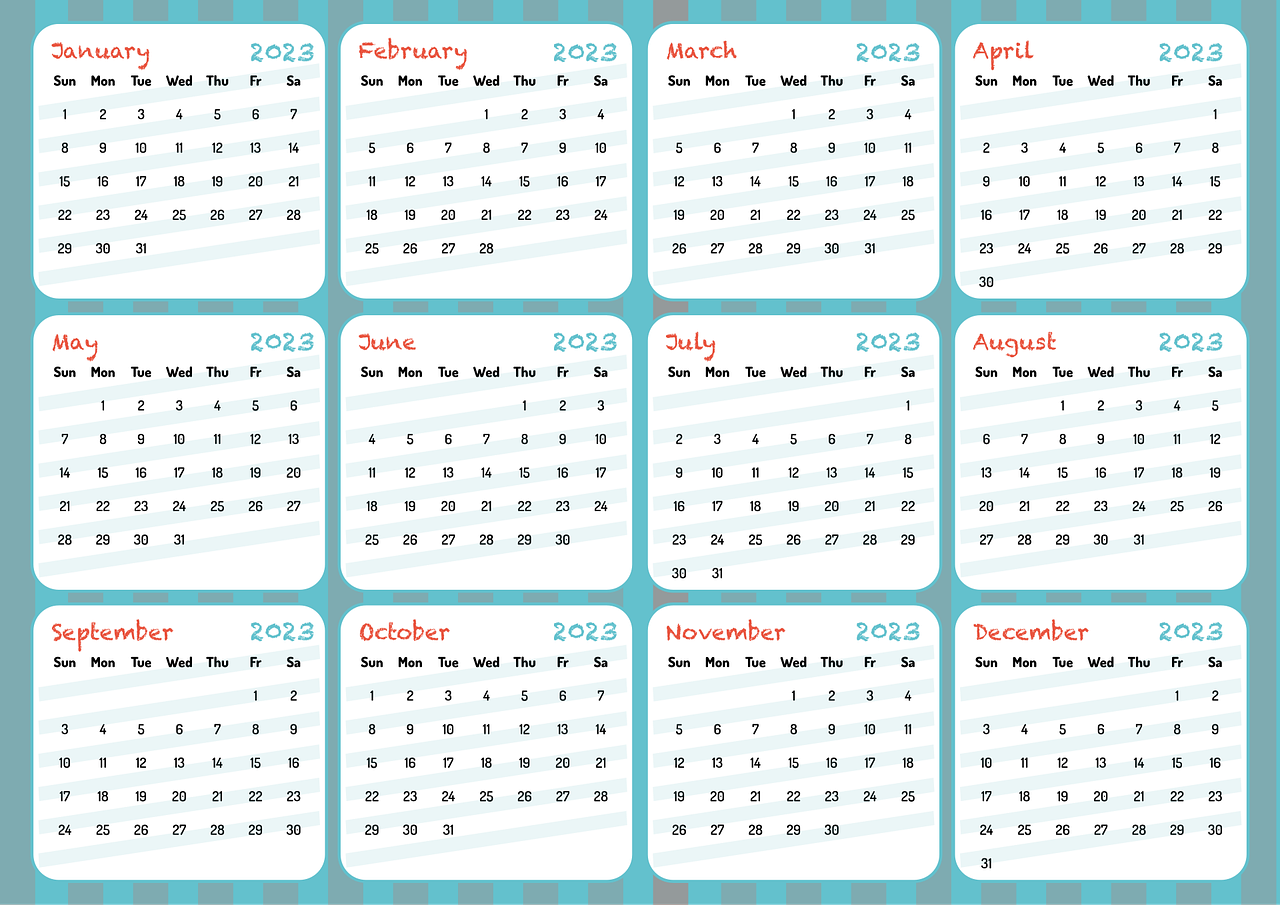Have you ever pondered which retirement savings plan might be the best fit for you? With so many options available, it’s understandable to feel a bit overwhelmed. Let’s decode the intricacies of Roth IRAs, 401(k)s, and traditional IRAs, so you can make well-informed decisions about your financial future.

This image is property of images.unsplash.com.
Understanding Retirement Savings Options
Before diving into the specifics of each retirement savings plan, it’s essential to understand why they matter. Saving for retirement allows you to maintain your lifestyle and financial independence once you are no longer working. Each of these plans offers unique benefits and potential draws that cater to different financial situations and retirement goals.
What is a Roth IRA?
A Roth IRA, or Roth Individual Retirement Account, is a type of retirement savings plan that lets you pay taxes on your contributions upfront instead of when you withdraw during retirement. This can be advantageous if you expect to be in a higher tax bracket when you retire, as your withdrawals will be tax-free.
How Does a Roth IRA Work?
Contributions to a Roth IRA are made with after-tax dollars, meaning the money you put in has already been taxed. You won’t receive any immediate tax deductions, but the benefit comes later. All the growth within your Roth IRA, along with your eventual withdrawals, will be tax-free, provided certain conditions are met.
What is a 401(k)?
A 401(k) plan is an employer-sponsored retirement savings account that allows employees to contribute a portion of their wages before taxes. It is often seen as a foundational component of retirement savings for many working individuals in the United States.
How Does a 401(k) Work?
When you contribute to a 401(k), your contributions are deducted from your salary before taxes, lowering your taxable income for the year. Taxes are then paid when you withdraw the money during retirement. Additionally, many employers offer a match to your contributions, which can significantly boost your savings.
What is a Traditional IRA?
A Traditional IRA, or Individual Retirement Account, is another retirement savings vehicle, but with different tax implications than a Roth IRA. Contributions to a Traditional IRA may be tax-deductible, lowering your taxable income for the year in which you contribute.
How Does a Traditional IRA Work?
Unlike Roth IRAs, Traditional IRAs offer the potential for tax deductions on your contributions, depending on your income and whether you or your spouse are covered by a workplace retirement plan. However, withdrawals during retirement are taxed as ordinary income.
Key Differences Among Roth IRA, 401(k), and Traditional IRA
To fully grasp the distinctions between these retirement options, consider the following key factors:
| Feature | Roth IRA | 401(k) | Traditional IRA |
|---|---|---|---|
| Tax Treatment | Contributions taxed, withdrawals tax-free | Contributions pre-tax, taxed on withdrawals | Tax deductions on contributions, taxed on withdrawals |
| Contribution Limits | $6,500 for under 50, $7,500 for 50+ | $22,500 for under 50, $30,000 for 50+ | $6,500 for under 50, $7,500 for 50+ |
| Required Minimum Distributions (RMDs) | None | Yes, starting at age 73 | Yes, starting at age 73 |
| Income Eligibility | Limits apply | No income limits | No income limits |
| Employer Contributions | Not applicable | Possible through employer match | Not applicable |
Thinking About Taxes
The way each retirement plan handles taxes is a significant consideration. With a Roth IRA, you benefit from tax-free withdrawals, making it beneficial if you believe your current tax rate is lower than what it will be in retirement. A 401(k) allows for tax-deferred growth, meaning you pay taxes when you withdraw, which might be advantageous if you expect a lower tax rate in retirement. A Traditional IRA’s potential for upfront tax deductions can provide immediate tax relief, but keep in mind taxes on future distributions.
Contribution Limits and Eligibility
Contribution limits differ among Roth IRAs, 401(k)s, and Traditional IRAs, affecting how much you can save each year. Moreover, income restrictions apply to Roth IRAs, which can limit contribution eligibility for high earners. This isn’t an issue with 401(k)s or Traditional IRAs, making them suitable options regardless of income level.
Required Minimum Distributions (RMDs)
An important distinction is required minimum distributions, or RMDs, which mandate withdrawals starting at age 73 for 401(k)s and Traditional IRAs. Roth IRAs, conversely, don’t require these withdrawals, offering greater financial flexibility as you age.
Choosing the Right Plan for You
Deciding on the best retirement savings plan involves considering your current financial situation, future expectations, and retirement goals.
Assessing Your Current Financial Situation
Start by evaluating your income level, tax bracket, and any existing retirement plans. Are you currently maximizing employer-matching contributions in a 401(k)? If so, fully benefiting from this free money may take priority. Additionally, assess whether the tax deductions from a Traditional IRA or the tax-free growth from a Roth IRA align with your circumstances.
Your Future Expectations
Anticipating changes in your income, tax bracket, and financial needs can help in selecting the appropriate plan. For instance, if you expect a substantial increase in income, the tax-free withdrawals of a Roth IRA might be appealing. On the other hand, if you anticipate a lower tax bracket during retirement, deferring taxes with a 401(k) or Traditional IRA may be beneficial.
Evaluating Long-term Goals
Consider your retirement timeline and broader financial goals. Are you planning an early retirement? Would you like greater control over withdrawal timing? Understanding your long-term vision can guide your choice, whether preferring early withdrawal flexibility with a Roth IRA or the employer match that a 401(k) brings.
Combining Retirement Plans
You aren’t restricted to a single type of retirement account. In fact, diversifying your retirement savings could provide additional benefits.
Benefits of Diversification
Maintaining multiple retirement accounts can offer tax advantages and increased flexibility. For example, you might contribute to a 401(k) to take advantage of employer matching, while simultaneously contributing to a Roth IRA to enjoy tax-free withdrawals later.
Strategizing with Multiple Accounts
Balancing contributions across different accounts allows tailoring your retirement savings to your specific needs. This strategy can mitigate risk and optimize tax efficiencies by mixing pre-tax and after-tax contributions.

This image is property of images.unsplash.com.
Considerations for Unique Situations
Certain scenarios may necessitate unique approaches to retirement planning.
Self-Employed Individuals
If you’re self-employed, a Solo 401(k) or a SEP IRA (Simplified Employee Pension) could serve as ideal options, providing high contribution limits and flexibility.
Late Starters or Those Nearing Retirement
If you’re starting your retirement savings late, maxing out contributions to accounts with favorable tax treatment or catch-up contributions for those over age 50 can help boost savings quickly.
Young Professionals
For those beginning their careers, prioritizing Roth IRAs to take advantage of tax-free growth during years of lower income might be beneficial, aligning contributions with your developing financial strategy.
Navigating Changes in Legislation
Keeping aware of potential tax reforms and legislative changes is important, as these can impact the rules governing retirement savings accounts. Staying informed ensures that your strategy remains effective and compliant.

This image is property of pixabay.com.
Conclusion
Deciding between Roth IRAs, 401(k)s, and Traditional IRAs involves careful consideration of tax implications, contribution limits, financial flexibility, and your individual financial situation. By understanding the nuances and thinking ahead about future financial goals, you can craft a retirement savings strategy that supports your well-being in your golden years. Remember that the right choice may not be a single plan but rather a mixed approach that utilizes several options to their fullest potential.

























































































